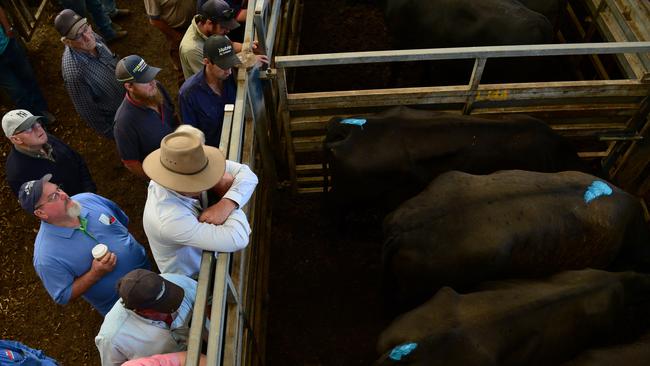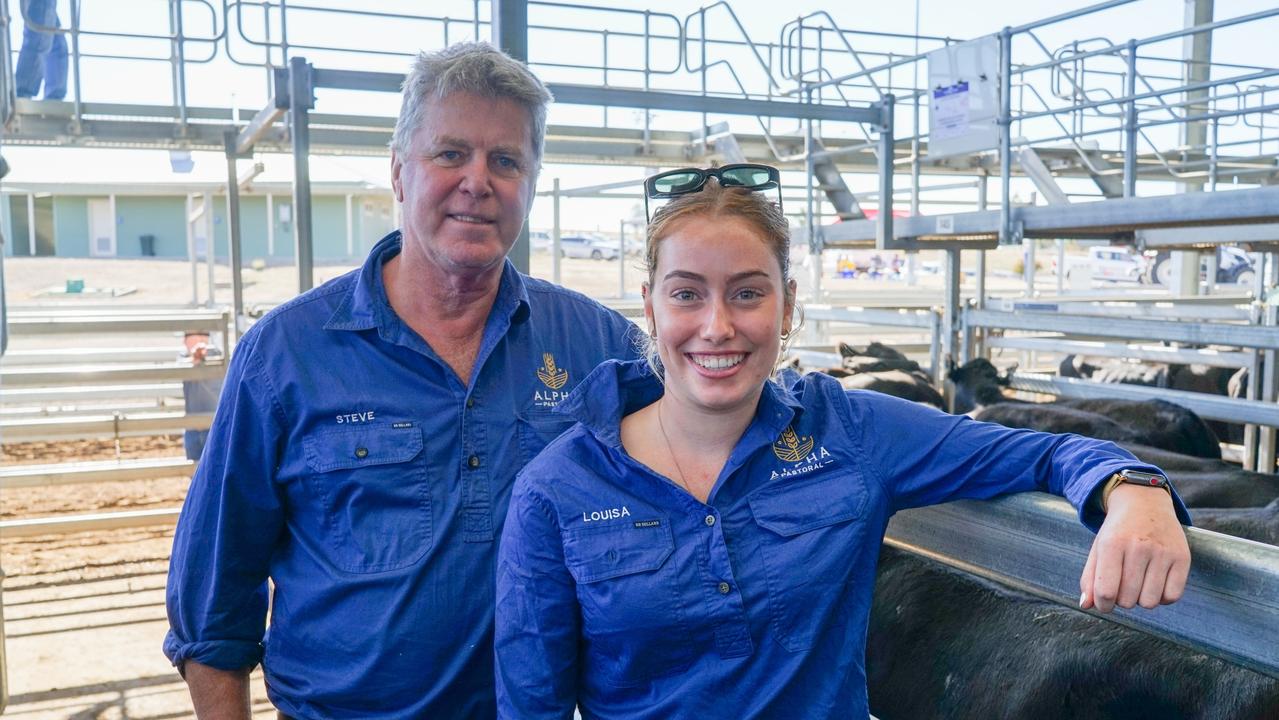Regional fluctuations aside, stampede appears over
Overall trend in national saleyard data shows softening of prices across young cattle as restocking demand eases.

THE cattle market lost some of its intensity, with more price fluctuations creeping into sales in the past week.
Most trade-weighted cattle eased in value, while cows and bullocks that didn’t lift to the extreme levels of young steers and heifers in January, showed less price change.
Earlier this week price results varied between regions, with NSW markets generally cheaper as they came off very high rates a week ago, while southern saleyards that had flatter auctions seven days ago improved. But the overall trend showing up in national saleyard data was softening price trends across young cattle, with the EYCI stepping back from record levels as restocking demand eases from the exceptional levels seen recently. At the close of selling earlier this week the National Livestock Reporting Service had:
YEARLING steers to restockers at 535c/kg liveweight, a fall of 11c on a week ago;
YEARLING steers to processors at 437c/kg, a correction of 4c;
FEEDER yearling steers at 457c/kg, down 3c;
HEAVY steers at 378c/kg to be firm; and
PROCESSING cows at 287c/kg to be 3c lower. Within these figures are big variances between states, with the majority of the big spending on lightweight store calves still occurring in NSW and Queensland.
As an example of this, the average rate for restocking calves in Queensland was 537c/kg, compared to less than 450c/kg in Victoria.
What has become evident in the past week is a step-up in demand from feedlots looking for suitable cattle to background and then feed for a turn-off in autumn and winter.
Figures by Meat and Livestock Australia show feedlots bought about 45 per cent of all the good young cattle in the EYCI last week, which was about 5 per cent higher than their usual activity.
On raw figures, feedlots bought more than 17,000 young cattle out of NLRS-monitored saleyards in the past fortnight, for a buying ratio of seven head to every one selling to a domestic processor.
Earlier this week, the best European sired vealers at Pakenham sold from 440c/kg to a top of 478c/kg to be firm to a few cents dearer.
In reality it is taking a very good calf to make over 470c/kg, with higher rates for lighter processing calves under 350kg.
The bullock market has been unable to find much upside so far this month, with the price range for good heavy steers continuing to range from 360c/kg to 385c/kg for most. The price average for the main run of 63 good C4 bullocks (C-muscle and fat score 4 condition) at Pakenham was 382c/kg to be 1c firmer than a week ago, working out to $2652 over a big weight of 695kg.
The cow market also continues to track within recent parameters at 280c/kg to 320c/kg for the majority of the better conditioned beef females.
MORE
RECORD BREAKING CATTLE PRICES CONTINUE TO ENDURE


